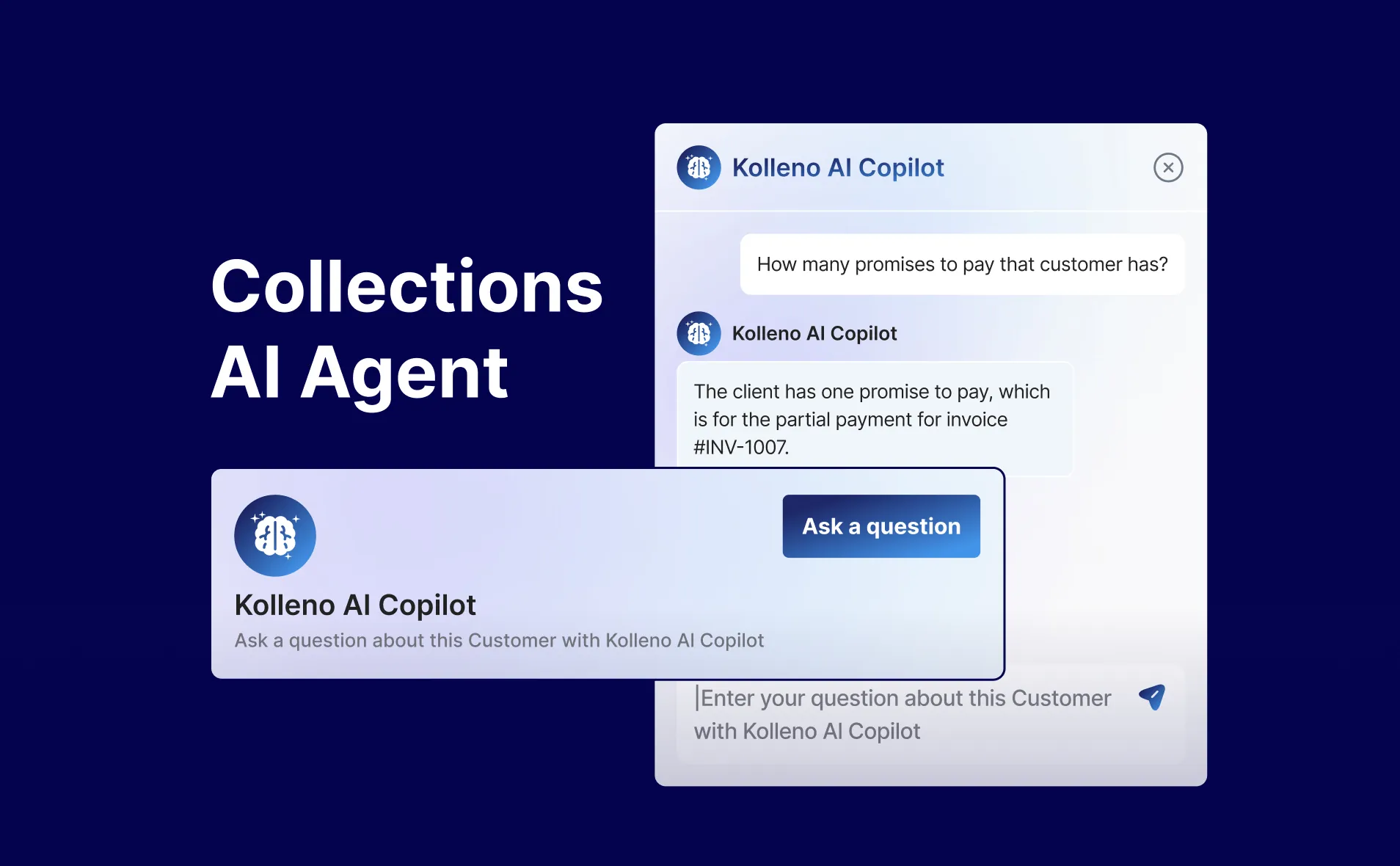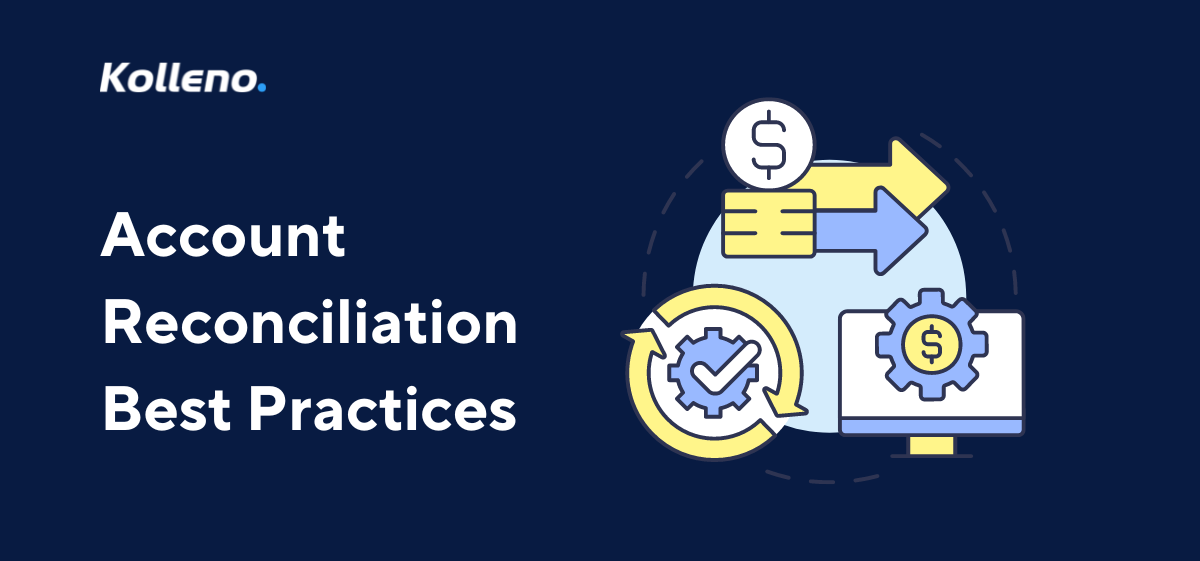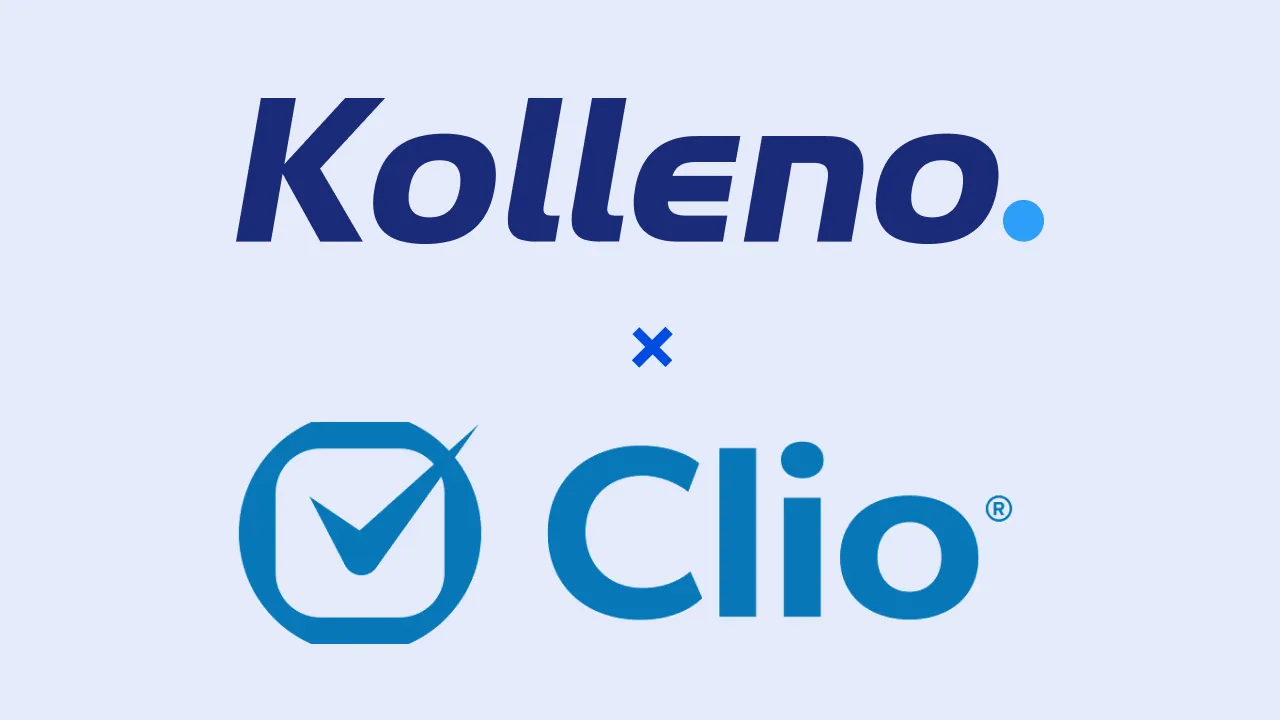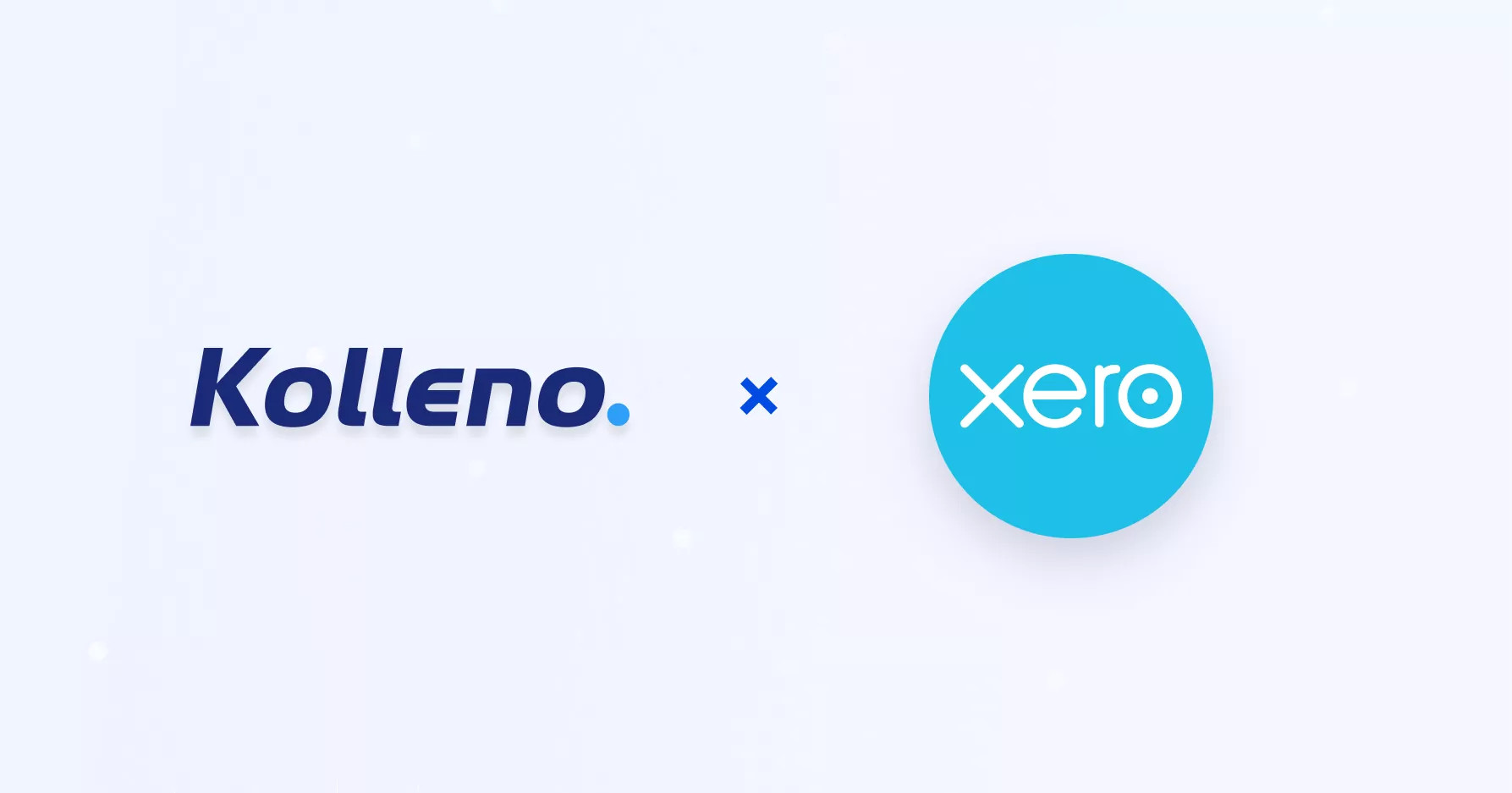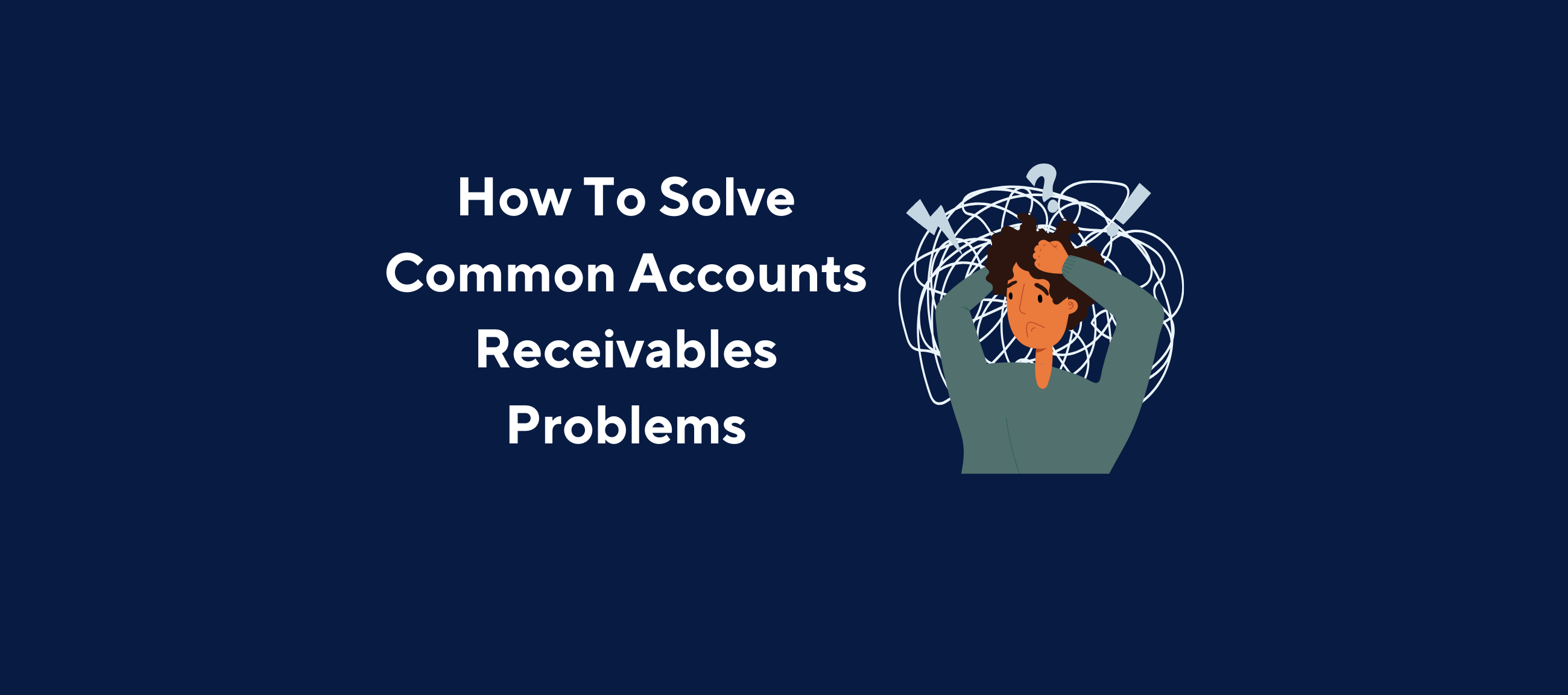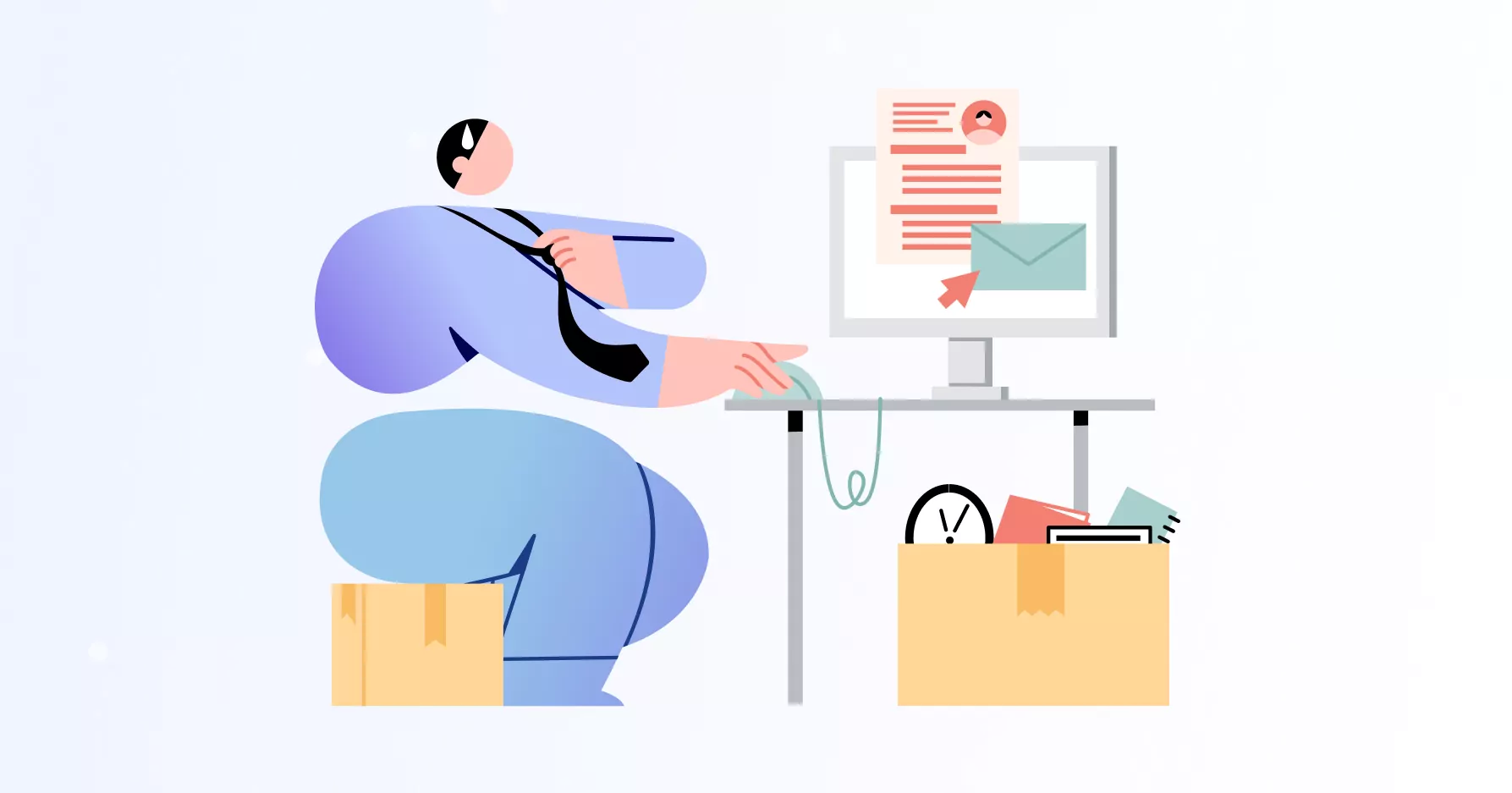How can you be sure of the amount of cash you need to recover from your customers when you have multiple sources of information? Reconciling financial data (sales, trade receivables balances, etc.) between accounting and operational business tools is a significant challenge. Teams need to manage trade receivables and cash flow, two thorny issues for finance departments.
In addition to cash management, regular and controlled reconciliation is crucial to meet internal controls for financial reporting and to manage fraud. Reconciliation problems often reveal other issues within a company. For example, mismatches in financial records indicate a lack of synchronized interfaces between IT tools or, worse, ineffective interfaces.
In this article, we’ll look at the different aspects of account reconciliation, its pain points and requirements, and how technology can streamline your account reconciliation workflow.
What is reconciliation in accounting?
What is the definition of bank account reconciliation? And what do bank account reconciliation best practices involve?
The bank account reconciliation process consists of checking that all the transactions entered on a bank statement (general ledger account) have been correctly recorded. This accounting process compares the company’s bank account with the account statements issued by your bank every month.
Accounting reconciliation enables companies to ensure that there have been no errors or omissions in data entry (for instance in a subledger or journal entry). It’s essential for comparing your company’s accounts—for instance, to ensure that bank statements match accounting transactions and that any ending balance is fully correct.
It reconciles an amount in the company’s accounts with its accounting document (invoice, bank statement, cheque stub, etc.). Beyond rectifying any errors, accounting reconciliation also regularizes potential variance in financial statements.
Accounting reconciliation is a time-consuming process, requiring a detailed study of each transaction. However, today’s accounting software can carry out this task almost automatically.
Why is bank reconciliation necessary?
Accounting reconciliation is necessary to verify that a company has accurately entered all generated transactions into its accounts. This process identifies potential errors and omissions in a company’s balance sheet. It may involve:
– A transaction recorded in the accounts but not shown on the bank statement;
– A transaction that appears on the bank statement but is not recorded in the accounts;
– An error in the amount;
– An accounting entry error (a transaction marked as credit instead of debit or vice versa).
Regular accounting reconciliation helps you keep track over your expenditures. Moreover, late processing of invoices can also be costly for your company, jeopardizing the good relationships you’ve built with customers and suppliers. Small inconveniences like missing invoices affect your cash flow and will likely damage customer relations. They can also hamper decision-making: it is difficult to forecast, plan, and make decisions based on inaccurate or outdated data.
Plus, account reconciliation can help identify potential fraud attempts. According to a 2018 Association of Certified Fraud Examiners (ACFE) report, most fraud is committed because of a lack of strong internal controls. Bank reconciliation can help you identify discrepancies between your accounts and your bank statement, preventing fraud from taking place.
Before reconciliation: ensuring data’s reliability and consistency
To perform account reconciliation, start by using updated exports (in Excel format) of the data to be reconciled from the two tools. Before starting the process, you must first check the reliability of several points:
– Existence of invoice/credit note numbers;
– Consistency of invoice and due dates (e.g. check that due dates are later than invoice dates, etc.);
– A correspondence (e.g., auxiliary code) enables the management and accounting tools to be reconciled, thus comparing the amounts allocated.
Secondly, accountants will need to identify, analyze, and justify reconciliation differences based on the correspondence between the two tools.
Sometimes, the time lag between accounting and business tools (e.g., a payment entered in the management system on the export date of the two tools, with no movement in the accounting system) or the decorrelation of auxiliary codes (e.g., one or more auxiliary codes not corresponding between the two tools) can explain differences.
Having identified these, you should then make the necessary corrections in your accounting and management tools: reallocating settlements, recording ODs for lettering, etc.
To make it easier for internal stakeholders to embrace regular reconciliation, it’s necessary to simplify the reconciliation process as much as possible. This can be achieved by standardizing processes, using relevant software to facilitate data comparison between entities, and implementing global strategies such as group cash flow forecasts.
What is the process for performing an account reconciliation?
You should carry out the reconciliation every month as soon as you receive your monthly bank statement. This involves some level of coordination, organizing the accounting records so that they coincide with the account statements. You should also do this before closing your annual accounts.
On a micro level, there are several steps to take:
– Compare the bank statement with your bank account balance;
– Cross-reference each entry in the accounts with the corresponding bank movements;
– Mark transactions that appear in the “Bank” account but not in the bank statement, and vice versa;
– Record transactions that have not yet been recorded;
– Check that the balances are identical.
If we look at this from a macro level, there are three key stages:
Stage 1: Checking the balances. This involves verifying that the balance in your company’s accounts and the balance on the bank statement balance each other on the desired reconciliation date.
Step 2: “Cross-referencing” the bank transactions with matching accounting transactions. The relationship between transactions may vary. Accounting transactions can also be reconciled in the same way as banking transactions.
Step 3: Analyze unreconciled banking and accounting transactions to take actions that will facilitate future reconciliation. Complete the bank reconciliation report afterward.
Methods commonly used by most companies to reconcile accounts:
Method 1 – Reconciliation with Excel
The first choice of reconciliation software for many companies is Excel spreadsheets, a well-known Microsoft tool for storing and analyzing financial information.
In most cases, a pre-established Excel template is not suitable for a business’ account reconciliation—it’s better to create your own template from scratch. However, you will need the time and skills to develop a calculation model with reliable results.
Reconciliation in Excel involves entering the bank and accounting balance on the date you wish to reconcile, then, after checking off the transactions between your account statement and your 512 (general ledger account), entering all the transactions with differences.
Your account reconciliation achieves a “balanced” status when the bank balance, accounting balance, and all transactions with differences sum up to zero. On the face of it, bank reconciliation with Excel seems to pose no problems.
However, a radical change in parameters occurs if the number of transactions to compare between several banks or accounts becomes too large. Traditional Excel approaches will focus mainly on tasks with little added value for employees. The use of this approach presents a significant and unsecured operational risk. Managing bank reconciliations in this way can be complex and inefficient. According to a PWC report, 30% of your finance team’s time is spent on manual reconciliation. Even in top-quartile companies, analysts spend 40 per cent of their time simply gathering data, rather than analyzing it.
Method 2 – Reconciliation with a chartered accountant
Another standard method is to delegate these manual tasks to a chartered accountant or accounting firm. This saves your team a considerable amount of time and makes the results of your bank reconciliation more accurate and reliable.
However, this solution also has its shortcomings. In particular, the cost of the accounting firm’s services remains very high. Moreover, the lack of real-time monitoring can prove problematic, reducing flexibility and your control over the project.
Reconciling your accounts by hand can be complex and time-consuming. You can use your accounting software if it includes reconciliation functions. Once you have updated the entries contained in your accounts or imported your bank statements, the software will quickly identify the source of the discrepancy between the balance in your “Bank” account and the statement provided by your bank. It is essential to detect any errors that may have been made quickly.
If you notice a mistake during the accounting reconciliation, you should correct your accounts and add any missing entries to account 512 “Bank”. The aim is to bring the balance of this account into line with the information in the bank statement.
Method 3 – Reconciliation with dedicated software
To reduce the risk of errors and keep your cash flow healthy, account reconciliation software is a great tool to help you tackle late payments and data loss. The benefits are obvious:
– Gain time by eliminating repetitive tasks and concentrating only on those that add value.
– Customer relations are smoother, thanks to regular, personalized follow-ups.
– More secure cash flow.
How does it work? By uploading your invoices quickly and easily to your account reconciliation software platform, the system automatically sends reminders to the corresponding customers, prompting them to make payments on your receivables. It also enables you to identify the highest-risk customers and anticipate potential delays by focusing on them and adapting your collection strategy.
Setting up a Robotic Process Automation (RPA) system will save you considerable time when reconciling your bank accounts. It will automatically associate each order, invoice, and corresponding payment. You will spot any irregularities quickly and correct them within seconds. Paying a duplicate invoice or claiming payment from the wrong customer will be a thing of the past.
By automating your bank reconciliation, you can eliminate human error and identify late payments more quickly. By accurately identifying these delays, you’ll be better able to focus on certain at-risk customers—prompting more considered business decisions. And as a result, your cash flow is also more secure.
Automating your account reconciliations also reduces the risk of fraud by clearly defining the process. Automating the process increases the difficulty of fraudulent activities, as the system automatically associates each invoice with its payment and defines each authorization in advance.
Moreover, this is the best way to identify and defend against cheque fraud. The system can now quickly detect blank, altered, and checks without an invoice. This means no more risk of theft, embezzlement or employee fraud.
Takeaways
Bank reconciliation is a key way of ensuring regular monitoring of all your financial transactions, therefore keeping an eye on your cash flow. By checking your transactions and bank balances in your accounts at a given time (like the month-end close), you can compare them with the statement issued by the bank at the same time.
This check enables you to identify the payment status of your invoices. It is, therefore, a key element in managing your financial flows and making smart business decisions.
In the age of digitalization of financial processes (invoices, means of payment, etc.), investing in good reconciliation software to automate bank reconciliation might just be the shortest route to success.
